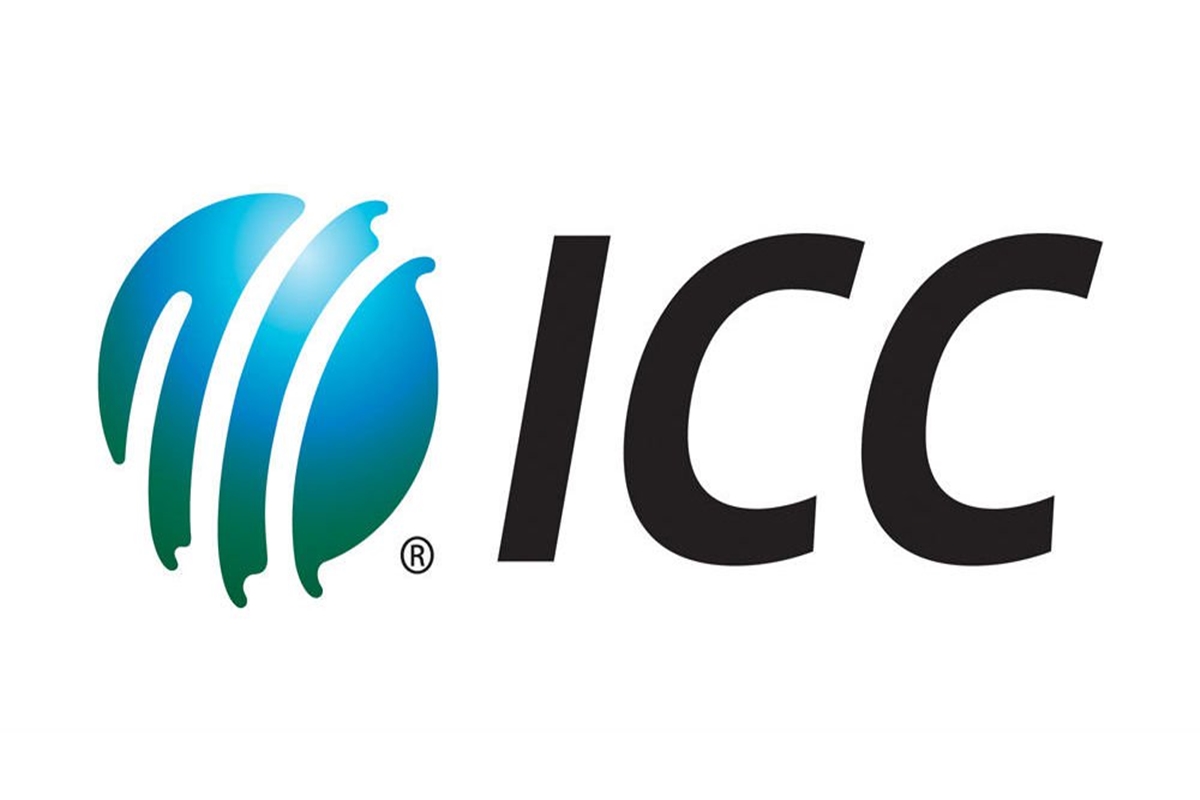From 2 July, significant adjustments come into effect for limited-overs cricket; several already in place for Tests
The International Cricket Council (ICC) has approved a series of updates to the playing conditions in men’s international cricket, with a focus on improving pace of play and decision-making accuracy. While some changes have already been implemented in the ongoing 2025–27 ICC World Test Championship cycle, the new rules for white-ball formats will take effect from 2 July.
The updates, obtained by cricket portal ESPNcricinfo, introduce several notable modifications:
Stop clock now in Test matches
After being trialled in limited-overs cricket over the past year, the stop clock rule will now apply in Tests as well. The fielding side must be ready to start a new over within one minute of the previous over ending. Failure to comply will result in two warnings from the umpires, followed by a five-run penalty for further delays. This process will reset every 80 overs. The ICC hopes this will address the long-standing issue of slow over rates in Test cricket.
No mandatory ball change for use of saliva
Although the use of saliva on the ball remains banned, umpires will no longer be required to change the ball if they detect its use. Instead, they will have the discretion to decide whether the condition of the ball warrants a replacement. A replacement will only be made if the ball becomes excessively wet or unusually shiny. If the ball swings more or behaves abnormally after saliva is applied, but umpires deem no change necessary, it must remain in play. However, five penalty runs will be added to the batting side’s total.
Expanded use of DRS for caught and LBW decisions
Under the revised Decision Review System (DRS) protocols, if a batsman successfully overturns a caught-behind decision and UltraEdge shows no bat contact, third umpires will now check for LBW using ball-tracking. Previously, once a caught-behind decision was reversed, the ball was declared “not out” without further review. If the original on-field decision was “out” and ball-tracking confirms LBW, the batsman will now be declared out.
Integrated reviews: clearer prioritisation
In instances where both the on-field umpire and players call for reviews on different events (e.g. LBW and run-out), the third umpire will now prioritise the incident that occurred first. If a batsman is found to be LBW, for instance, the ball is immediately considered dead, and any subsequent incidents—like a run-out—will not be examined. This change has been codified in the revised Playing Condition 3.9.
Reviewing catches off no-balls
Previously, once a delivery was confirmed as a no-ball, the validity of a catch was no longer reviewed. Under the new rule, third umpires will still assess whether the catch was cleanly taken. If the catch was legitimate, only the no-ball penalty (one run) will be awarded. If the catch was not taken cleanly or cannot be verified, then any runs taken by the batters will also count.
Deliberate short runs penalised differently
If a batsman deliberately runs short—failing to ground their bat or body behind the crease—to steal extra runs, umpires will now impose a five-run penalty and also ask the fielding side which batsman they wish to face the next delivery. This gives the fielding team a tactical advantage in addition to the penalty.
Full-time substitutes in domestic first-class matches
The ICC has approved the experimental use of full-time substitute fielders in domestic first-class cricket for players suffering serious injuries. The substitute must be a “like-for-like” replacement, as with concussion substitutes, and the injury must be clearly verifiable by match officials. Injuries such as hamstring strains or muscle cramps will not qualify. Implementation of this rule is left to the discretion of individual member boards.
These wide-ranging changes reflect the ICC’s ongoing efforts to enhance the pace, fairness, and technological robustness of modern cricket.


